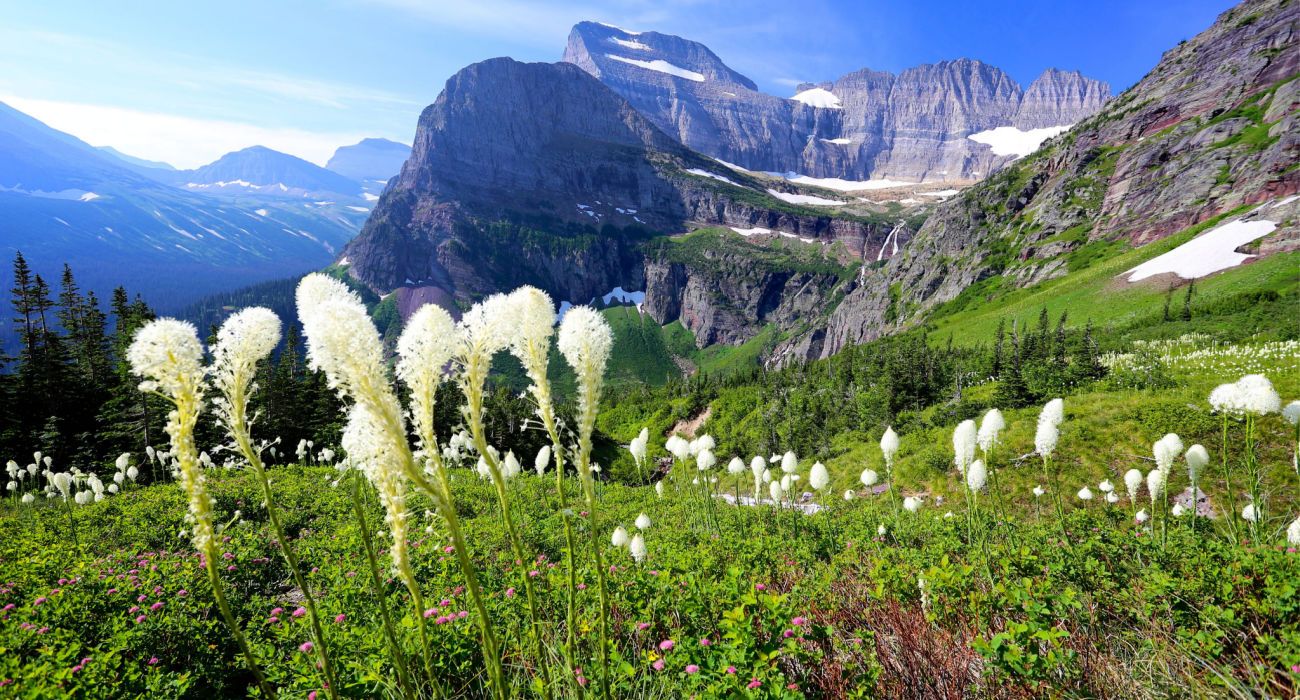Quick Links
While bears may not be as dangerous as many movies will have one belief, they are powerful wild animals and can be dangerous. Attacks on humans are rare but do happen, and the risks can be mitigated. Glacier National Park is one of the places in the United States where one can see some of the best North American wildlife.
Brown bears have been expiated from most of the Lower 48 and are now extinct in Mexico. They have been reduced to around 2% of their traditional range, and Glacier National Park is one of the last places to see them. Brown bears and black bears are magnificent creatures, but they can also be dangerous and even deadly.
What To Know About The Bears Of The United States
There are eight species of bears currently alive in the world - sun bears, brown bears (grizzlies), sloth bears (like Baloo in The Jungle Book), spectacled bears, American black bears, Asian black bears, panda bears, and polar bears (and not the Koala 'bear' is not a bear). Of these, three species live in North America - grizzlies, black bears, and polar bears, and two of these live in Glacier National Park (polar bears are restricted to Alaska in the USA).
- Bears Of Glacier NP: American Black Bears & Brown Bears
- Black Bear: 600,000 In North America
- Population: Approx. 200,000 Worldwide
According to bearaware.org, the American black bear is very common throughout much of North America; its population is around 600,000, distributed across much of the USA, Canada, and parts of Mexico. Black and brown bears have a common ancestor, the cave bear, that lived around 500,000 years ago.
Brown Bears in North America and Asia are the same species, and they range from Europe to Central Asia to China to Northern North America as far south as some northern Lower 48. Of around 200,000 brown bears, around 120,000 live in Russia, and around 55,000 live in North America. Around 30,000 live in the United States (mostly in Alaska). Around 1,500 brown bears live in the Lower 48, including Washington, Montana, Wyoming, and Idaho (Yellowstone is known as one of the best hotspots for grizzlies as well as wolves).
Bear Safety In Glacier National Park
The first thing to do is try to avoid an encounter by keeping one's distance from the bears and not surprising them. Bears will avoid humans if they see or hear them coming. If one does see a bear, stay calm. Remember, if a bear stands on its hind legs, it is normally curious, not threatening.
It is also prohibited from going within 100 yards or 91 meters of bears and wolves.
The National Park Service advises:
- Identify Oneself: Talk Calmly So That The Bear Knows One Is A Human and Not A Prey Animal, Keep Still, Stand One's Ground, Slowly Wave One's Arms
- Stay Calm: Talk In Low Tones Even If The Bear Is Posturing
- Pick Up Small Children: Do This Immediately
- Hike And Travel In Groups: It Is Safer In Groups
- Look Big As Possible: E.g., Move to Higher Ground
- Restrict Food Access: Do Not Allow The Bear To Get One's Food
- Do Not Drop One's Pack: Packs Can Provide Protection To One's Back In The Event Of An Attack
- Do Not Run: This Is Rule 101 - Prey Runs Away. Instead, Stop And Hold The Ground - A Bear Can Outrun A Person
- Do Not Climb A Tree: Bears Are Tree Climbers
Remember, a female bear with cubs is particularly dangerous.
Bear Attacks & Pepper Spray
Most bears are only interested in protecting food, cubs, or their space, so bear attacks are rare.
If one is attacked by a brown/grizzly bear, then leave one's pack on and play dead, laying flat on one's stomach with the hands clasped behind one's neck. Spread one's legs. Remain still until the bear leaves, and don't fight back.
With black bears, do not play dead. Try to escape to a car or building or something. If that is not possible, fight back however one can -particularly against the bear's face and muzzle. Always fight back if a bear attacks one's tent.
Bear pepper can be important to carry when in the backcountry. It can be used defensively to stop aggressive, charging, and attacking bears. Naturally, bear safety in Glacier National Park is similar to bear safety in Yellowstone National Park.

